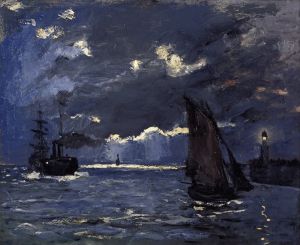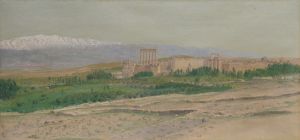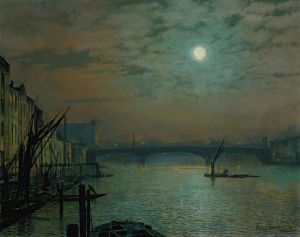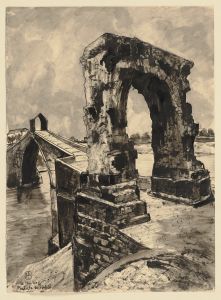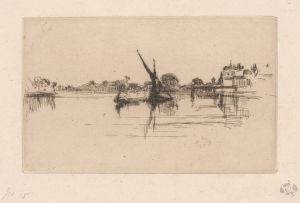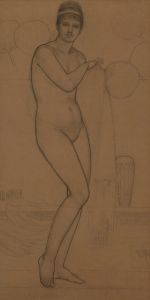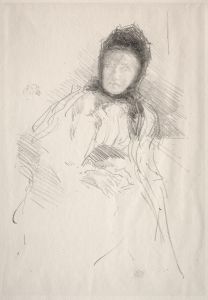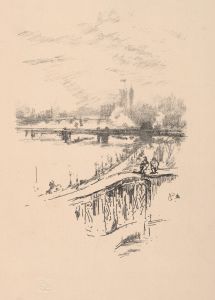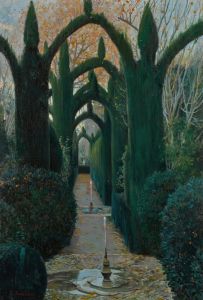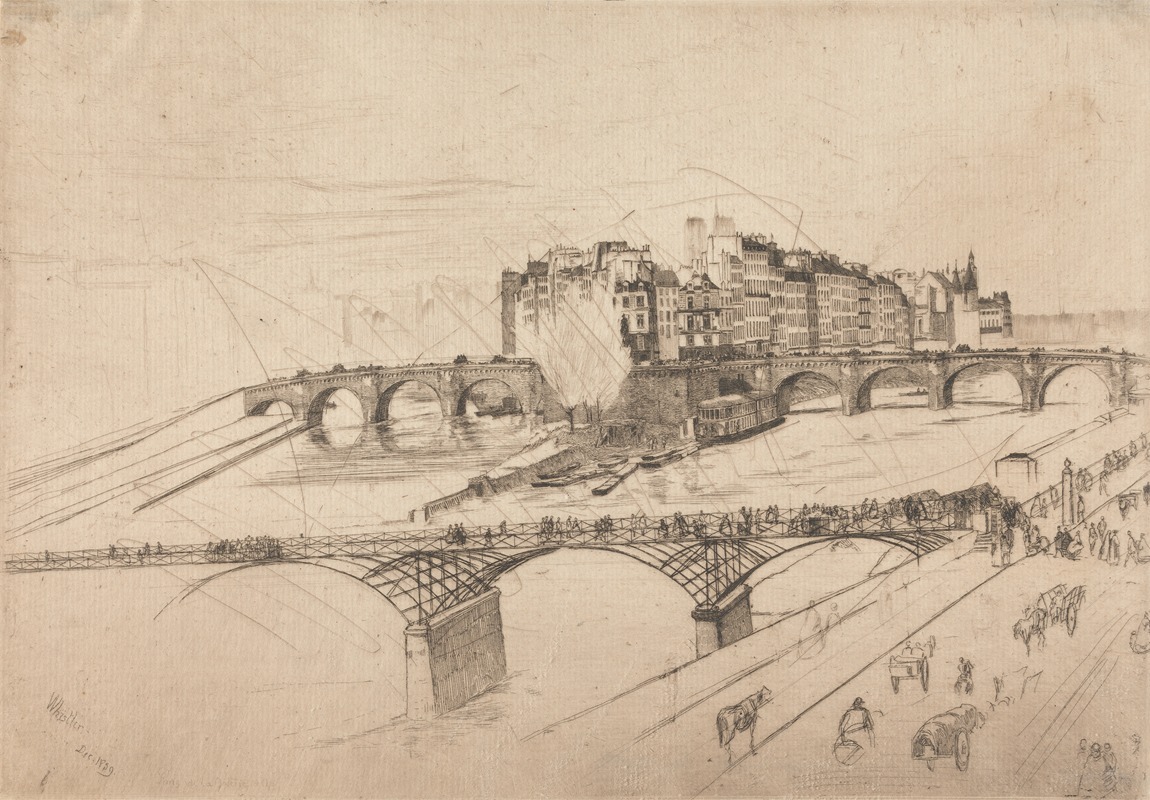
Île de la Cité, Paris
A hand-painted replica of James Abbott McNeill Whistler’s masterpiece Île de la Cité, Paris, meticulously crafted by professional artists to capture the true essence of the original. Each piece is created with museum-quality canvas and rare mineral pigments, carefully painted by experienced artists with delicate brushstrokes and rich, layered colors to perfectly recreate the texture of the original artwork. Unlike machine-printed reproductions, this hand-painted version brings the painting to life, infused with the artist’s emotions and skill in every stroke. Whether for personal collection or home decoration, it instantly elevates the artistic atmosphere of any space.
James Abbott McNeill Whistler was an American artist known for his paintings and etchings, and he played a significant role in the art world of the 19th century. One of his works, "Île de la Cité, Paris," captures the essence of this historic island located in the heart of Paris. Whistler's artistic style is often associated with the Aesthetic Movement, which emphasized art for art's sake, focusing on beauty and harmony rather than narrative content.
"Île de la Cité, Paris" is a part of Whistler's series of etchings known as the "French Set," which he created during his stay in France in the 1850s. This series was instrumental in establishing his reputation as an etcher. The Île de la Cité itself is one of two remaining natural islands in the Seine within the city of Paris and is considered the historical heart of the city. It is home to several significant landmarks, including Notre-Dame Cathedral, Sainte-Chapelle, and the Conciergerie.
Whistler's etching of Île de la Cité reflects his keen interest in capturing the atmospheric qualities of urban landscapes. His work often features a delicate interplay of light and shadow, which he achieved through his mastery of etching techniques. In this particular piece, Whistler likely focused on the architectural elements and the bustling life of the island, although specific details of the etching's composition are not widely documented.
The "French Set" was published in 1858 and included a total of twelve etchings. Whistler's work during this period was influenced by his time in Paris, where he was exposed to the works of other artists such as Gustave Courbet and the Realist movement. This exposure helped him develop a unique style that combined elements of realism with his own aesthetic sensibilities.
Whistler's etchings, including "Île de la Cité, Paris," were well-received by critics and collectors, contributing to his growing reputation in the art world. His ability to capture the essence of a scene with minimal lines and subtle details was highly regarded. The etchings from the "French Set" were instrumental in establishing Whistler as a prominent figure in the etching revival of the 19th century.
Throughout his career, Whistler continued to explore themes of urban life and the interplay of light and atmosphere in his works. His contributions to the art world extended beyond his own creations; he was also known for his writings on art and his influence on other artists of his time.
In summary, "Île de la Cité, Paris" by James Abbott McNeill Whistler is a notable example of his early work in etching, reflecting his interest in capturing the atmospheric qualities of urban landscapes. The piece is part of the "French Set," which played a crucial role in establishing Whistler's reputation as a master etcher and contributed to the broader etching revival of the 19th century.





